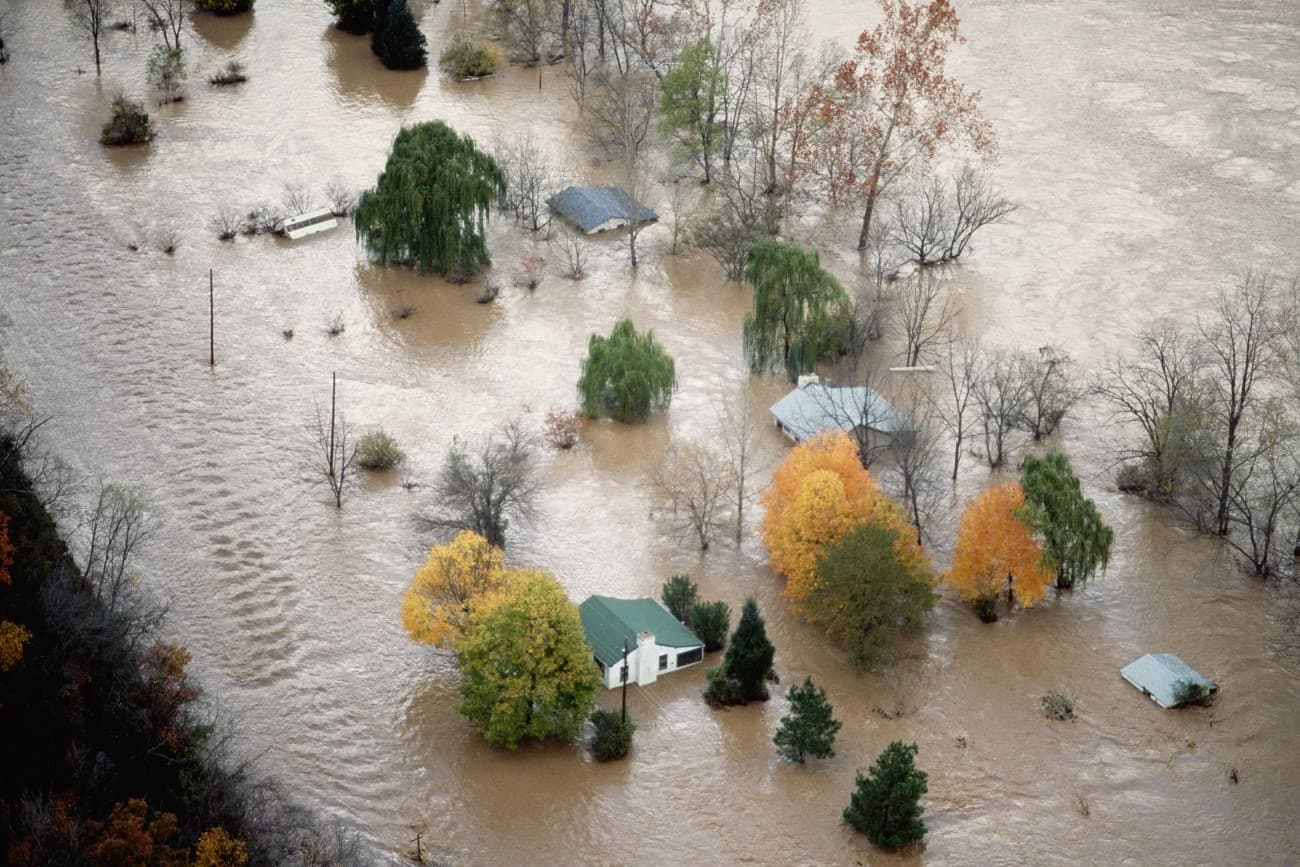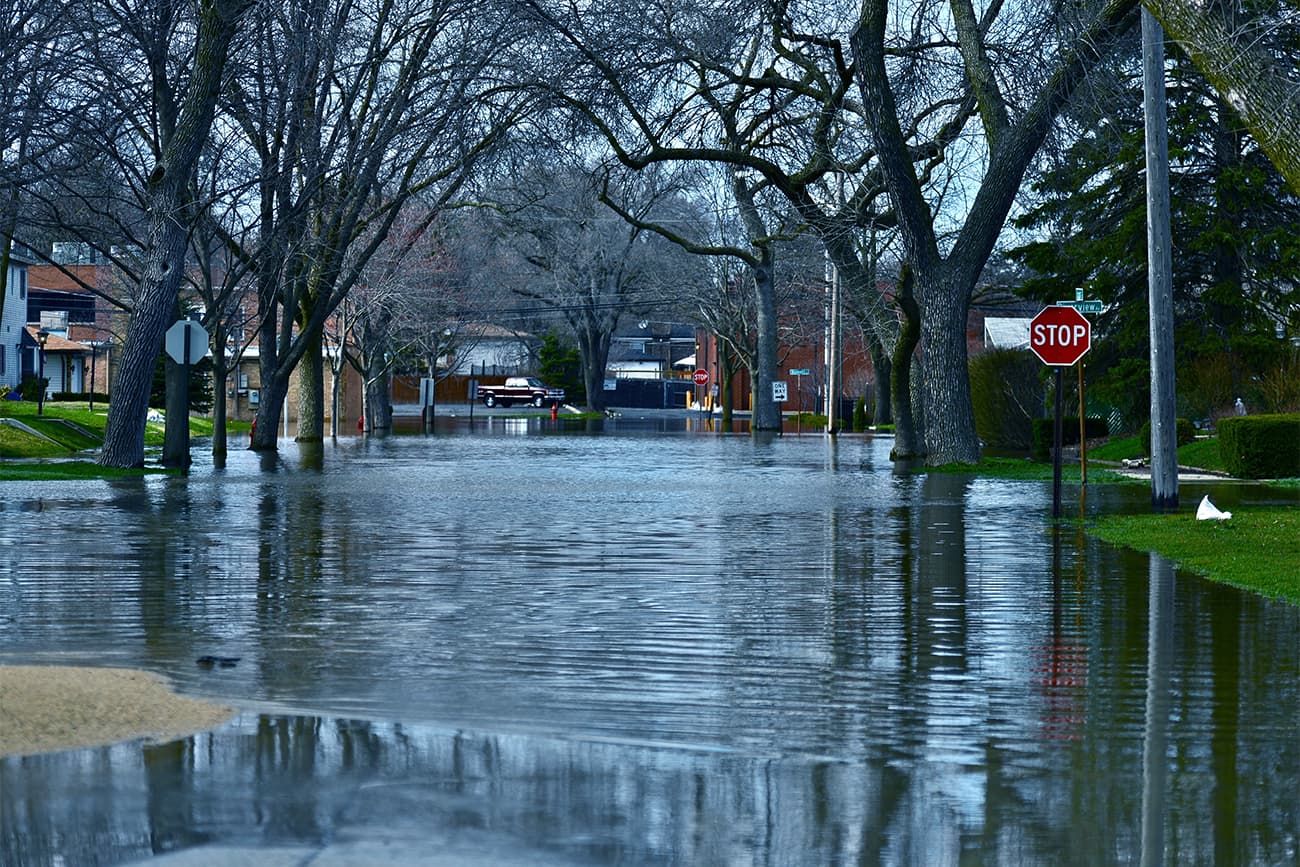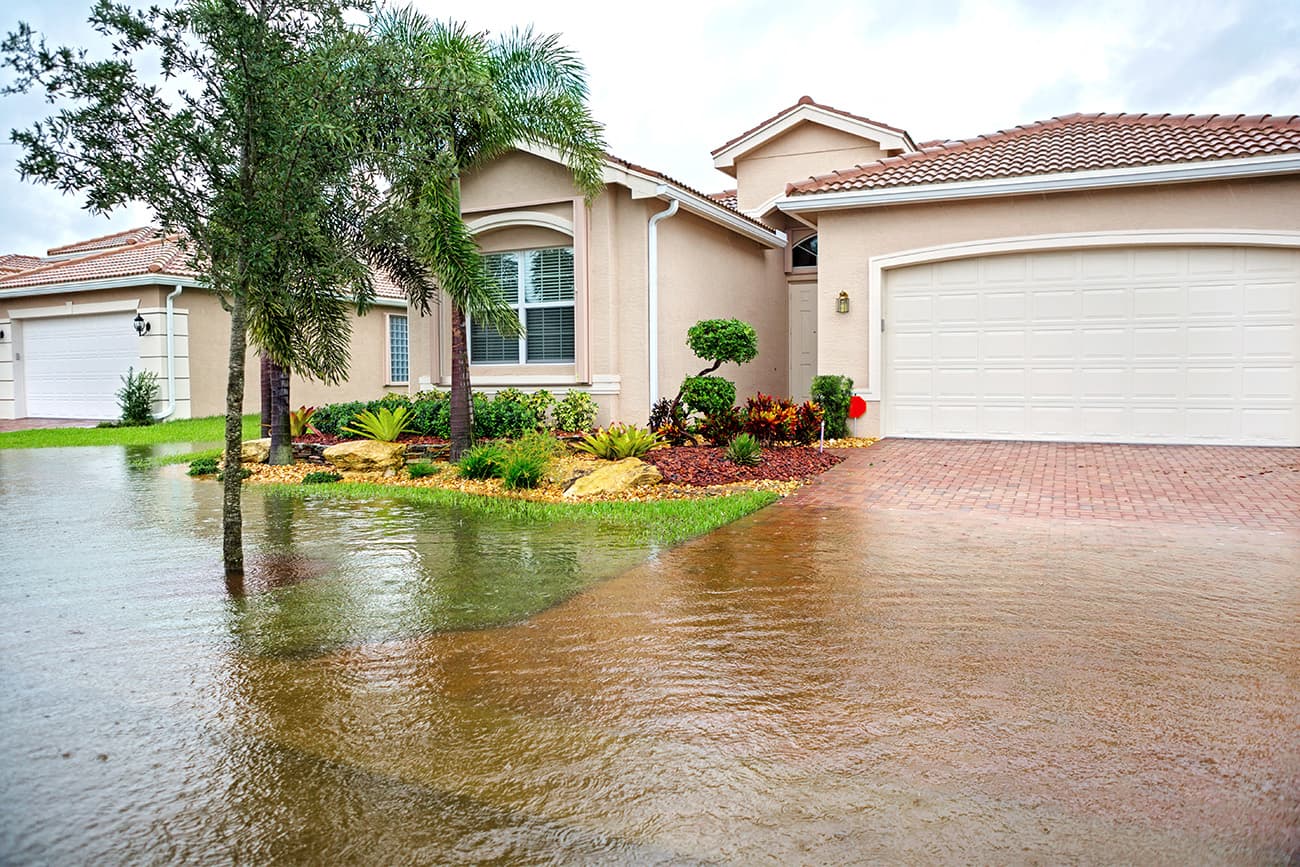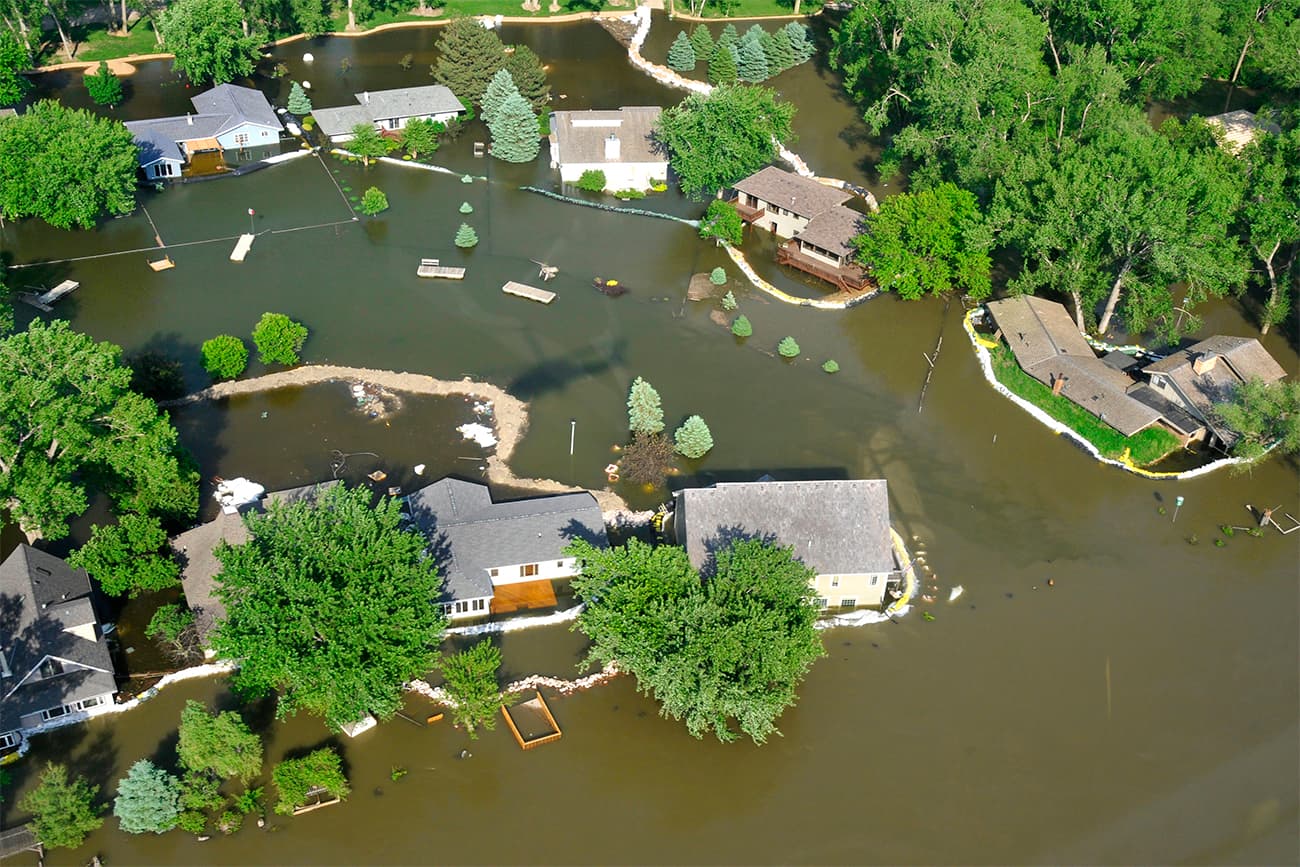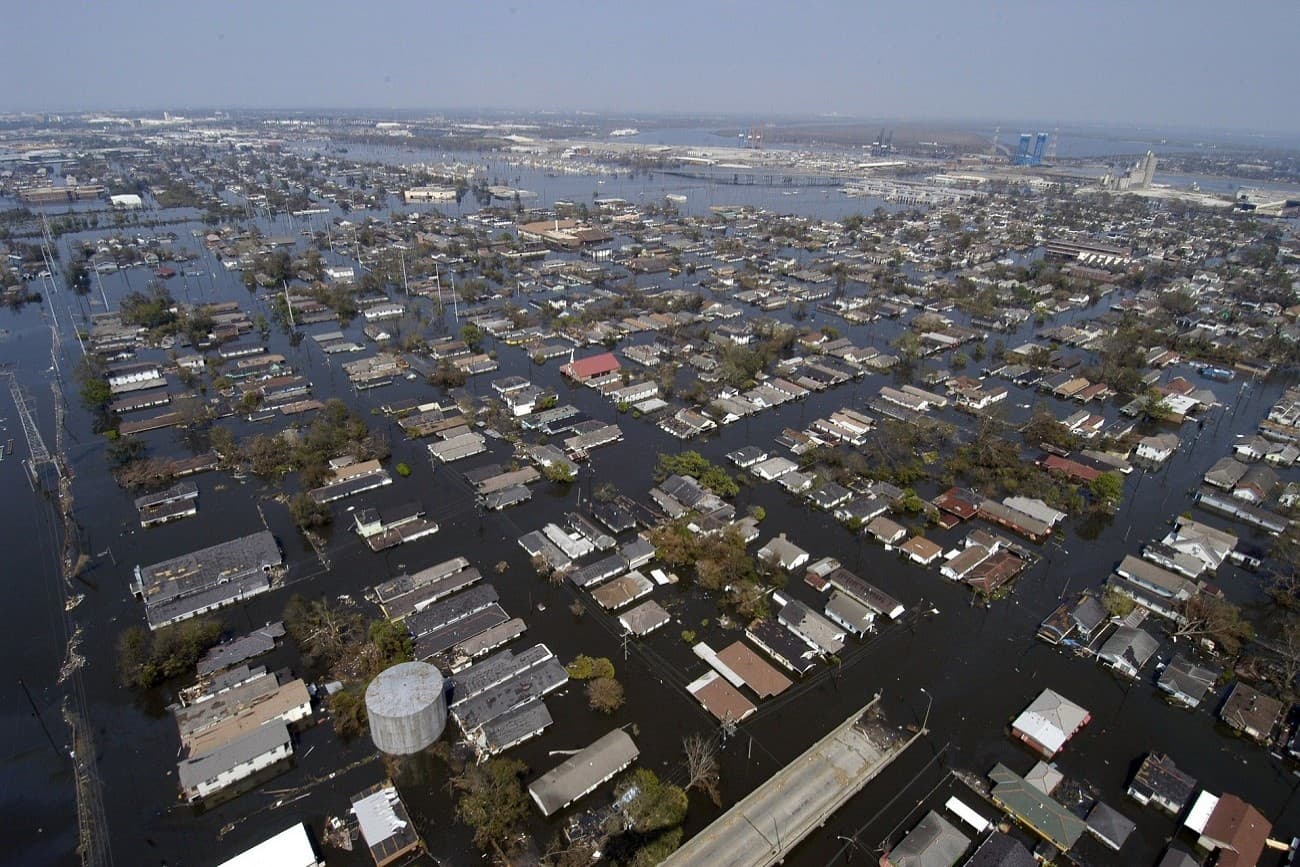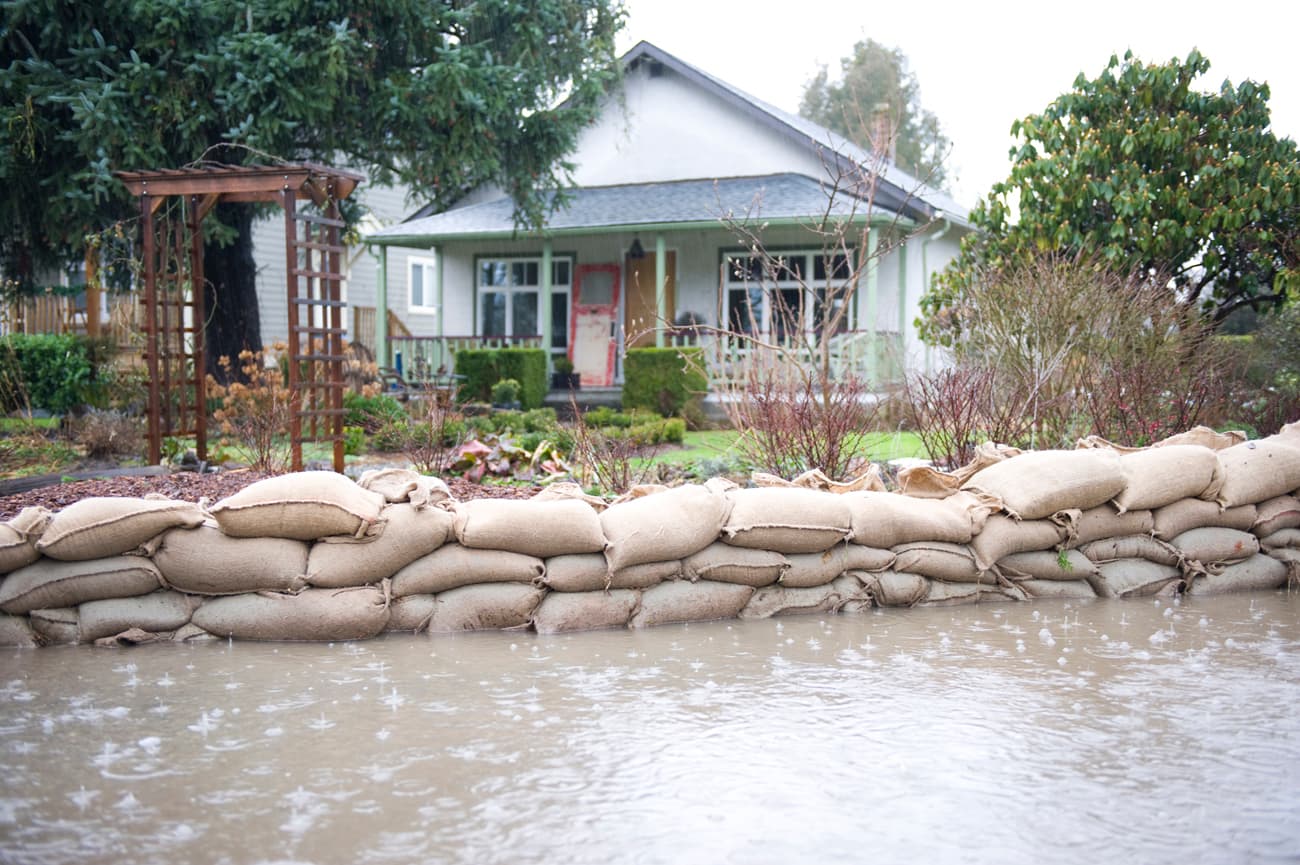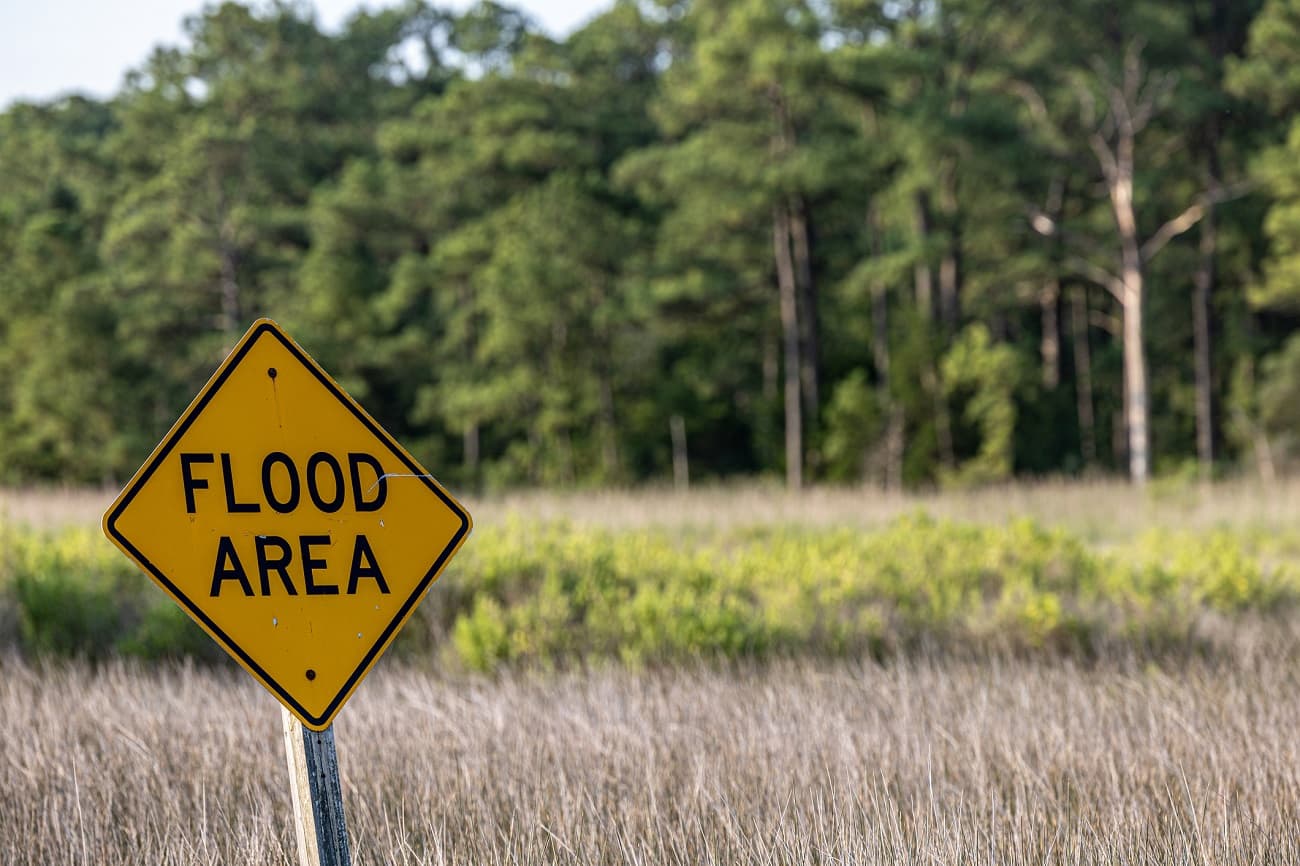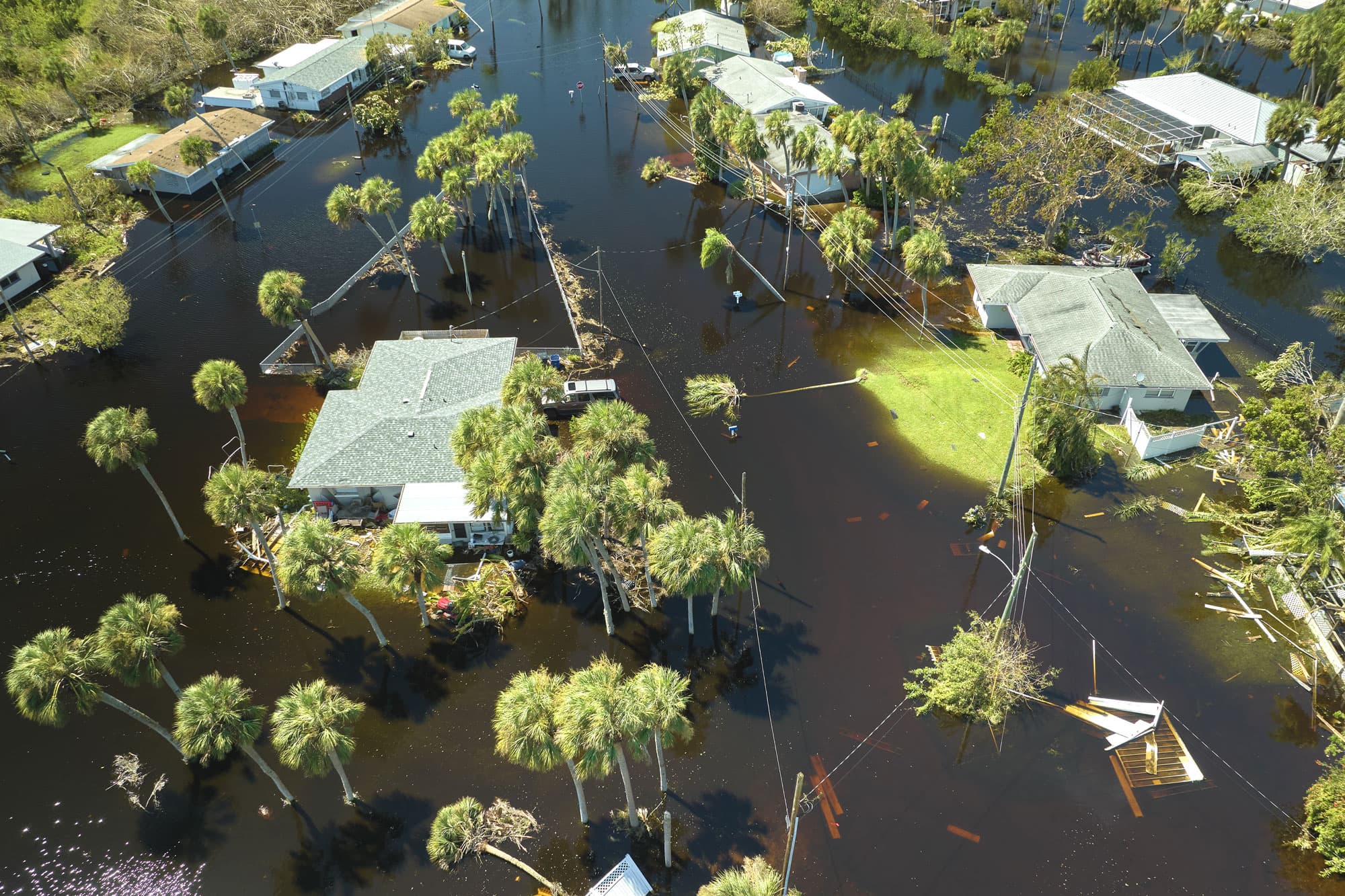How Does Flooding Impact Real Estate Professionals?
Flooding is the most common and costly natural disaster in the U.S., and it can impact your business as a real estate professional. Flooding is considered a material fact to a real estate transaction, and failure to disclose flood damage can result in liability.
Brokers and agents generally owe buyers a duty to disclose adverse material features, conditions, or aspects of property of which they have actual knowledge. Brokers and agents are not, however, generally required to investigate independently whether a property is in a flood zone or otherwise in an area likely to be subject to flooding or flood risks.
In general, a broker or agent must disclose the following facts when they have actual knowledge:
- that a property is in an area where flood insurance is required;
- that flood insurance was required in past;
- that the property is in an area that has flooded in the past;
- and that the property is in an area subject to flood risk that may cause many or most owners to purchase flood insurance.
State laws on flood disclosures vary, so it’s crucial to understand your obligations in the state where you practice real estate. A good place to start is this state-by-state flood disclosure survey and information sheets on flood insurance by state.
Keep in mind that FEMA flood maps are not designed nor intended to be a reliable tool for buyers to assess a property’s flood risk, and a property does not have to be near water to flood. Heavy rain, rising sea and river levels, melting snow, drainage system backups, and broken water mains can all cause flooding and are generally not reflected on FEMA maps. In fact, nearly one third of flood insurance claims occur in "low or moderate-risk areas," according to FEMA. Flood damage is excluded under standard home insurance policies, and a home doesn’t have to be in a high-risk flood zone to obtain flood insurance.
Potential Increases in Premium
The Biggert-Waters Flood Insurance Reform Act of 2012, as amended in 2014, gradually eliminates most federal subsidies of flood insurance over time, resulting in increased premiums to be charged for flood insurance coverage, as determined by FEMA. Because those rate increases can sometimes be significant, some property owners or prospective property owners may raise concerns about their exposure to higher flood insurance rates, which could expose real estate brokers and agents to possible misrepresentation claims by property purchasers who acquire property before their flood insurance premiums reach full market rates.
On October 1, 2021, FEMA began implementing a new risk rating methodology, which leverages modern insurance technologies, practices and data sets to price each home individually rather than by broad geographic flood zones. According to a FEMA nationwide analysis, this new methodology could reduce rates for some while limiting increases for others according to each building’s unique flood risk and cost to rebuild. In addition, any future premium increases continue to be protected by the 2014 amendments to the Biggert-Waters Act, which:
- Limits rate increases to no more than 18 percent per year for most properties.
- Allows sellers to transfer existing policies to a buyer when the property changes ownership.
- Gradually phases out “grandfathered” rates for newly mapped and older properties built before the first Flood Insurance Rate Map (or “pre-FIRM”) for the area.
However, because each property is rated individually under the new system, a licensed insurance agent should be consulted to determine whether the NFIP rate will increase or decrease for a particular property. To learn more about the impact on specific property, real estate professionals should refer clients to their insurance agent to prepare a quote or floodsmart.gov which provides an online rate quoting tool.
Best Practices
The following guidance is offered for brokers and agents in marketing and selling property for which flood insurance may be required, or that is in areas where the purchase of flood insurance may be prudent.
Brokers and agents may ask buyers to sign an acknowledgment of receipt of any such materials provided.
- Notify buyers of potential rate changes. Such guidance should further indicate that notwithstanding the 2014 amendments to the Biggert-Waters Act, prior flood insurance premiums will not be representative of future rates and that rates may increase or decrease depending on the property specific risk and cost to rebuild. See below for an example of a disclosure statement that could be used for this purpose, although brokers and agents may also use different methods or language to inform buyers about flood insurance and flood insurance premiums. Brokers should amend the sample disclosure statement as needed, with input from their legal counsel.
If a broker or agent determines that it is necessary to make disclosures to buyers regarding flood insurance, as described above, they should also inform buyers that, because of the Biggert-Waters Act, flood insurance rates are likely to be higher than in the past. Although the amount of such rate increases may be lower than they would have otherwise been under the Biggert-Waters Act without the 2014 amendments, increases will nevertheless be implemented with the goal of reaching full market-based premium amounts in time. Nevertheless, only a licensed insurance agent will be able to provide a definitive rate quote for individual properties to determine whether the rate will increase or decrease under the new system.
- Provide buyers with information about the importance of flood insurance, details about the NFIP and flood insurance rates. The broker or agent should be prepared to provide sources of information about these subjects that are available from competent and reliable third-party sources. These might include websites, publications, pamphlets, or similar materials prepared or distributed by FEMA or other federal or state agencies or departments or other sources known to be credible. Examples of such publications can be found at the following links:
- Share options for flood insurance coverage. Where flood insurance may be required or may be advisable, brokers and agents may also find it helpful to identify to purchasers one or more suppliers of flood insurance coverage to be provided to interested purchasers seeking such information about flood insurance coverage and rates. Brokers and agents should not recommend or endorse any particular carrier, and it is prudent to identify more than one carrier and encourage interested buyers to compare flood insurance coverage among several different carriers.
Sample Flood Insurance Disclosure Statement
Your mortgage lender [may] [will] require you to purchase flood insurance in connection with your purchase of this property. The National Flood Insurance Program provides for the availability of flood insurance and establishes flood insurance policy premiums based on the risk of flooding to each individual property. Recent changes to federal law (in particular, the Biggert-Waters Flood Insurance Reform Act of 2012 as amended in 2014 and FEMA’s new risk rating methodology)) will result in changes to flood insurance premiums that could be higher or lower than premiums paid for flood insurance prior to or at the time of sale of the property. As a result, purchasers of property should not rely on the premiums paid for flood insurance on this property previously as an indication of the premiums that will apply after completion of the purchase. In considering the purchase of this property, you should consult with one or more carriers of flood insurance for a better understanding of flood insurance coverage, premiums, and other matters related to the purchase of flood insurance for the property. You may also wish to contact the Federal Emergency Management Agency (FEMA) or your local government floodplain manager for more information about flood insurance as it relates to this property.









